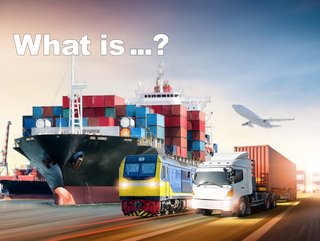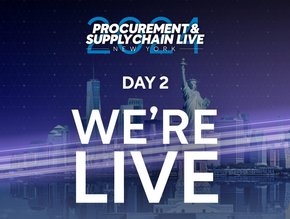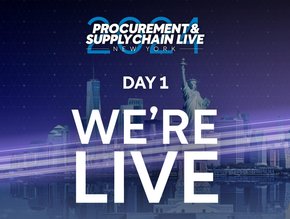
Put simply, a supply chain is a network of businesses, people, activities, information, and resources whose goal is to create and deliver a product or service to the end customer in a timely and cost-effective fashion.
The term ‘supply chain’ includes all the steps involved in the production, transportation, storage, and distribution of goods and services – from the point of origin to the point of consumption.
Typically, a supply chain involves multiple suppliers, also known as vendors, and which might number in the tens of thousands for a multinational company. It also includes manufacturers, distributors, wholesalers, retailers, and transportation providers.
The concept of supply chain has been around for centuries but didn’t emerge as a business process until the early 1900s, when manufacturers began using assembly-line production methods to increase efficiency and reduce costs.
Henry Ford reshaped supply chains forever
Henry Ford was a major player here. As a founding fathers of mass manufacturing he was responsible for reshaping industrial processes worldwide, and with it, the way mass-produced products needed to be moved.
This led to a greater focus on the coordination and integration of production processes, which in turn gave rise to the concept of supply chain management.
During World War II, supply chain management became even more important as governments and militaries sought to ensure that supplies and equipment were delivered to the front lines.
The logistics and transportation infrastructure that was developed during the War laid the foundation for modern supply chain management.
In the 1950s and 1960s, companies began to adopt more sophisticated inventory management techniques, such as just-in-time (JIT) and materials requirement planning (MRP), which helped them optimise their production and supply chain processes.
In the 1980s and 1990s, advances in technology, such as the development of computer systems and electronic data interchange (EDI), further transformed the field of supply chain management.
These technologies made it possible for companies to better coordinate their operations with suppliers, distributors, and customers, and to track inventory levels and shipments in real-time.
Today, supply chain management is a complex and dynamic field that encompasses a wide range of activities and functions, from procurement and production to logistics, transportation, and after-sales service.
The field continues to evolve as new technologies and trends emerge, such as e-commerce, the internet of things (IoT), and sustainability.
In terms of supply chain structure, they comprised two distinct segments: ‘upstream’ and downstream’.
Upstream supply chain
This the portion of the supply chain that involves activities and processes that produce and deliver raw materials, components, and other inputs to the manufacturing or production process.
It’s the start point of the supply chain and includes all activities prior to the manufacturing stage.
Upstream supply chain typically includes the following activities:
- Raw material sourcing: This involves identifying and selecting sources of raw materials needed for the production process.
- Transportation and logistics: This involves transporting raw materials and other inputs to the manufacturing facility.
- Inventory management: Managing inventory levels of raw materials and other inputs to ensure that they are available when needed.
- Supplier management: Managing relationships with suppliers and ensuring that they meet quality and delivery requirements.
- Quality control and inspection: Ensuring that raw materials and other inputs meet quality standards and are free from defects.
- Production planning and scheduling: Determining when and how much raw material should be ordered and delivered to meet production needs.
A well-functioning upstream supply chain ensures the manufacturing process runs smoothly, minimises disruption, reduces cost, and improves product quality.
Downstream supply chain
This involves everything needed to deliver the finished product to end customers, and includes the following:
Distribution and transportation: This involves transporting the finished product from the manufacturing facility to distribution centers, retailers, or directly to the end customer.
- Inventory management: Managing inventory levels of finished products to ensure that they are available when needed and to avoid overstocking or understocking.
- Order fulfilment and customer service: This involves processing and fulfilling customer orders, managing returns, and providing customer support.
- Marketing and sales: Developing and executing marketing and sales strategies to promote the product and increase sales.
- After-sales service: Providing support and services to customers after they have purchased the product, including technical support, repairs, and warranty claims.
A strong downstream supply chain help companies build strong relationships with customers, improve customer satisfaction, and increase revenue.






